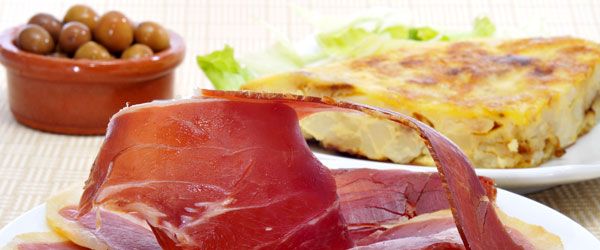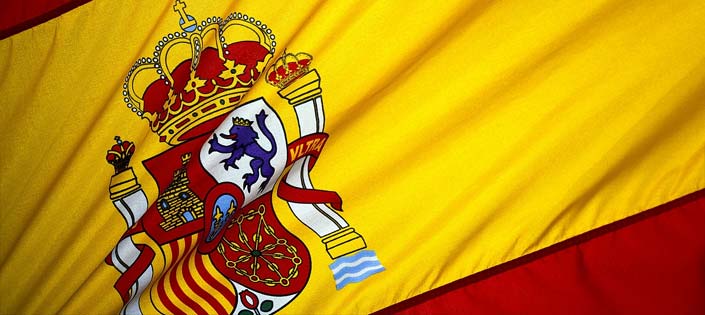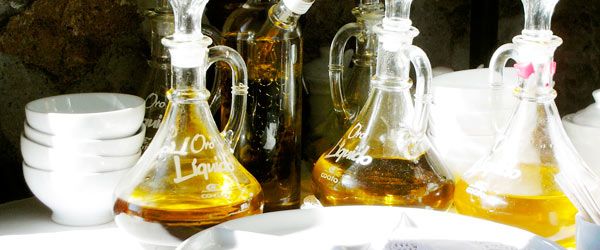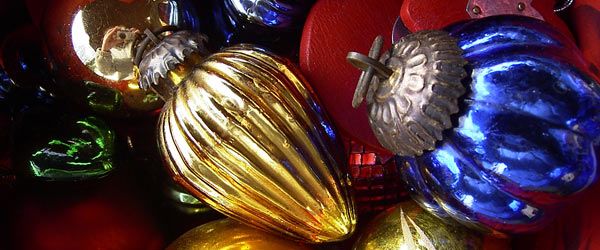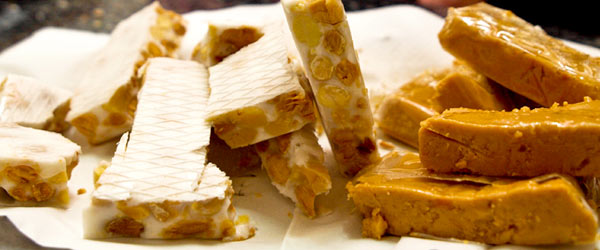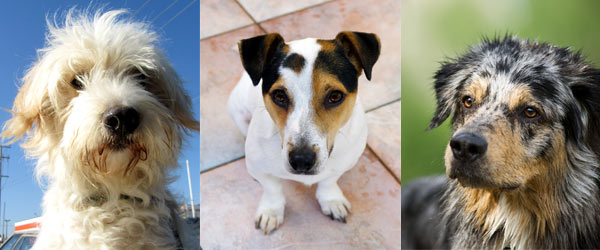Student life in Spain | donQuijote

The Dutch student life: study, move in as soon as possible and hit the bars with your friends/student association! The Spanish student life is similar, but a little different. For many Dutch students it is hard to imagine living at home until the age of 27!
The Spanish student life means lots of partying (if you want you can go every night of the week!), living at home for a long time and of course lots of studying. In Spain, most students live at home until the age of 27, with some exceptions, of course. The students who will study a little further away and would therefore have to travel for a long time do move into rooms. They become really independent only when they have their own jobs.
Speaking of jobs... Many Spanish students did have side jobs a few years ago, but we all know the financial situation in Spain. There is hardly any work to be had. This has already led to major protests throughout the country several times. 50% of young people are unemployed. Then again, what is very nice to see is that many Spaniards remain so cheerful and sociable despite the unemployment figures! They don't lose their charm because of it!
Study in Spain
Spain is one of the favorite countries among foreign youth to study for a while. You then have the choice of studying at a Spanish university or taking a Spanish language course. Typical among students are the botellones that are held. In the park or somewhere else outdoors with a large group of people from many different countries having a drink. This drink is bought in the supermarket and put in large plastic bottles. Usually this is cola with red wine: calimocho. But cava is always good too!
Contrary to popular belief, Spanish students do receive years of English in school. However, because classes are in Spanish and series or movies on television are dubbed, they do not have the opportunity to practice the language so they do not master it. Fortunately, many foreign students do speak Spanish which allows for good communication. Plus, you learn to speak Spanish much faster when you practice it outside of school!
